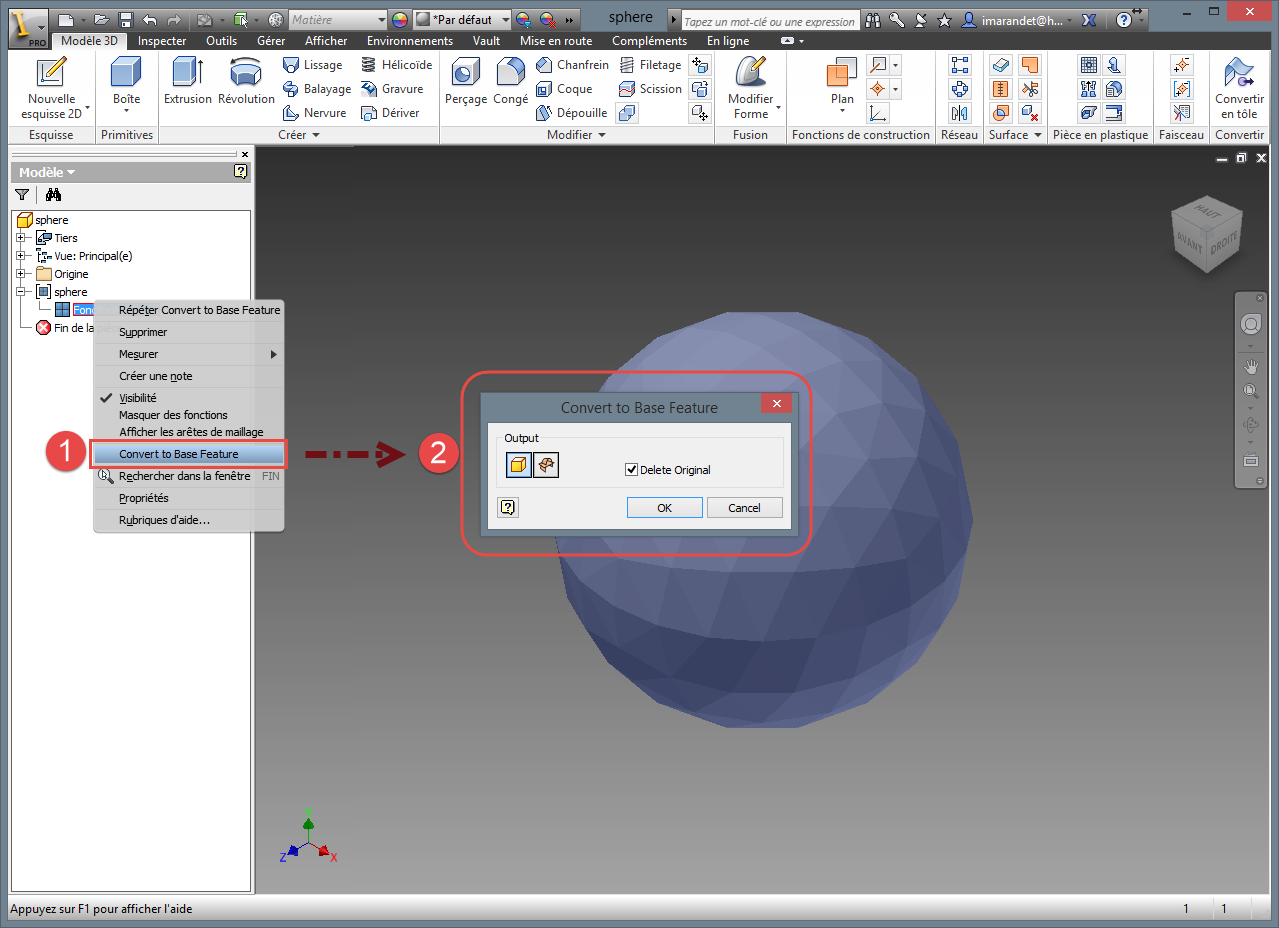
Then I opened it in autodesk inventor to stich surfaces and check whether my geometry is solid or not. In Autodesk inventor it is showing that it is a solid part. I also tried importing the same file in Catia. There also it shows that that geometry is solid. I am attaching snapshot of all the process and problems I am facing.Īutodesk Inventor. It's not possible to teach reverse engineering here. In some cases it helps a lot to set "simplify geometry" to "yes" in workbench. Now more geometry is missing.How to convert stl to solid in Solidworks? Which file type for mesh import is more successful? What steps and techniques would you recommend, I know it's a very complex process. If the face count is small enough, Solidworks may be able to import it as a solid or surface. There are also 3rd party programs that can save.Įither way, you'll end up with a model that has tons of 'mesh' faces because it can't re-create the smoothness of the original model the.

It's a two years old topic, but I will try to add some info for future reference FredSWUG pointed very well about the limitation on number of faces. The best way to do it nowadays would be through plugin.

I have become very proficient with inventor and never used the maintenance package after the first 60 days so why keep paying for it? All im getting at is that it would be nice to have access to the add ins without paying for a bunch of other stuff that isnt needed. I dont feel I need to pay for a product that I have had no use for.


Some apparent reason? Sarcasm isnt necessary, friend.



 0 kommentar(er)
0 kommentar(er)
